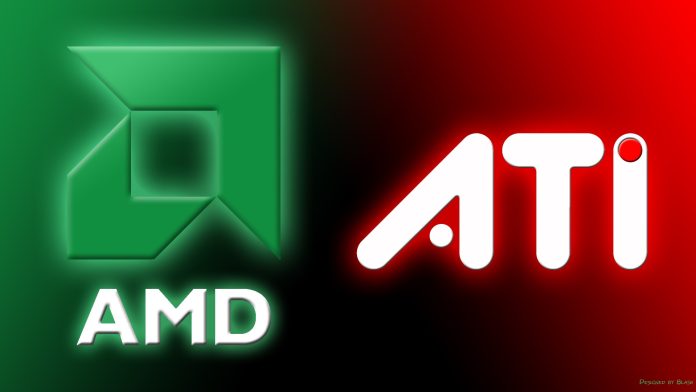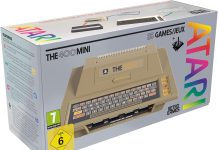The fascinating history of Advanced Micro Devices (AMD) and its acquisition of ATI Technologies unveils a remarkable journey of innovation and evolution. ATI, renowned for its graphics cards and pioneering technologies, significantly shaped the realm of computer graphics. In this article, we will explore ATI’s evolution, its acquisition by AMD, and how this merger transformed the technology landscape.
The Birth of ATI
Founded in 1985 in Markham, Ontario, Canada, ATI Technologies Inc. began its journey focused on producing graphics cards and multimedia hardware. As the demand for graphics-intensive applications surged, ATI aimed to enhance the visual experience on personal computers. Initially, the company specialized in graphics adapters for IBM-compatible PCs.
Key Innovations
Throughout the late 1980s and 1990s, ATI introduced several groundbreaking products. The ATI Mach series of graphics cards gained immense popularity, offering advanced features for gaming and multimedia applications. In 1996, ATI launched the Rage 128, one of the first graphics cards to support 3D acceleration, laying the groundwork for future advancements in computer graphics.
The Rise of ATI
As personal computing evolved, so did ATI. By the late 1990s, the company had established itself as a major player in the graphics market. The introduction of the Radeon series in 2000 marked a pivotal moment for ATI. These graphics cards delivered superior performance, quickly becoming the preferred choice for gamers and professionals alike.
Strategic Partnerships
To bolster its market position, ATI formed strategic partnerships with major companies like Microsoft and Dell. These collaborations enabled ATI to integrate its graphics technology into popular gaming consoles, such as the Xbox, significantly enhancing its visibility and market share.
The Competitive Landscape
During the early 2000s, ATI faced fierce competition from NVIDIA, which was gaining traction with its GeForce series of graphics cards. The rivalry between these two companies catalyzed innovation, leading to rapid advancements in graphics technology. Each new product launch generated excitement among consumers and gamers, as both sides vied for dominance in performance and features.
Financial Challenges
Despite its successes, ATI encountered financial difficulties in the early 2000s. Increased competition and market fluctuations exerted pressure on the company’s profits. In 2006, ATI experienced a significant drop in its share price, necessitating a strategic shift.
The Acquisition by AMD
In July 2006, AMD announced its acquisition of ATI for approximately $5.4 billion. This strategic move aimed to strengthen AMD’s position in the semiconductor market. By integrating ATI’s graphics technology into its product offerings, AMD sought to create a comprehensive platform for computing solutions.
The Impact of the Merger
The merger enabled AMD to offer integrated solutions that combined CPU and GPU technologies. This integration was crucial as the demand for powerful computing solutions grew. The collaboration of AMD’s processors with ATI’s graphics cards culminated in the development of the Fusion architecture, designed to enhance performance for gaming and multimedia applications.
The Evolution of AMD and ATI
Following the acquisition, the AMD-ATI partnership continued to evolve. In 2009, AMD rebranded ATI’s product line under the AMD Radeon name, aiming to unify branding and streamline marketing. The Radeon brand quickly gained recognition among gamers and consumers, becoming synonymous with high-performance graphics.
Continued Innovation
Under AMD’s stewardship, the Radeon series saw significant advancements, including the introduction of the Radeon HD 5000 series, the first to support DirectX 11. This feature empowered developers to create intricate graphics and immersive gaming experiences. The push for innovation continued with the release of the Radeon RX 5000 series, which utilized AMD’s RDNA architecture to deliver exceptional performance.
Competing in the Modern Era
Reflecting on the current landscape of the tech industry, it is evident that the merger of AMD and ATI has had lasting effects. AMD has emerged as a formidable competitor to Intel in the CPU market and NVIDIA in the GPU market. The company’s commitment to delivering high-quality products has resulted in significant market gains.
The Rise of eSports and Gaming
The growth of eSports and online gaming has further propelled AMD’s success. The demand for powerful graphics cards has never been higher, and AMD’s Radeon products have become a popular choice among gamers. The excitement surrounding gaming events and tournaments showcases how AMD’s technologies play a pivotal role in delivering high-performance gaming experiences.
Conclusion
In conclusion, the history of ATI and its transformation into AMD is a compelling narrative of innovation, competition, and strategic vision. From its humble beginnings as a graphics card manufacturer to becoming an integral part of AMD’s success, ATI has left an indelible mark on the tech industry. The merger not only strengthened AMD’s product lineup but also paved the way for future advancements in graphics technology. As we look to the future, the legacy of ATI continues to influence the world of computing and gaming.
<iframe width="560" height="315" src="https://www.youtube.com/embed/ZUMbVVVSr5Q?si=z-K3qNpQD0SFNoYx" title="YouTube video player" frameborder="0" allow="accelerometer; autoplay; clipboard-write; encrypted-media; gyroscope; picture-in-picture; web-share" referrerpolicy="strict-origin-when-cross-origin" allowfullscreen></iframe>




.jpg?w=100&resize=100,70&ssl=1)
